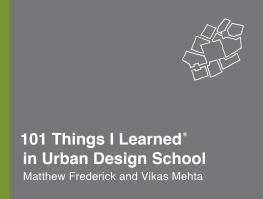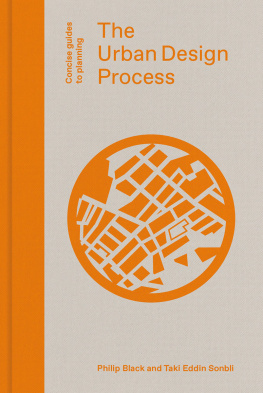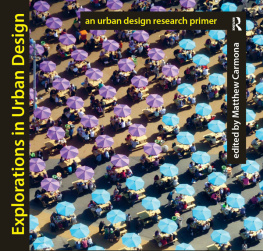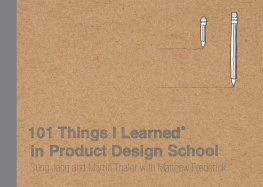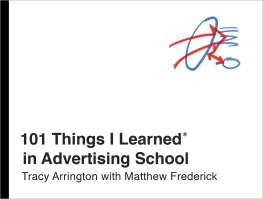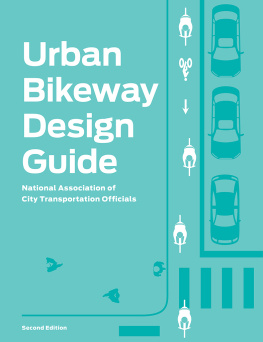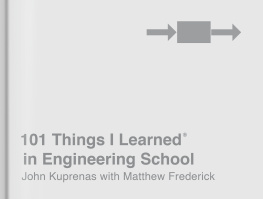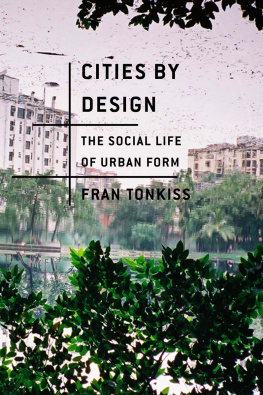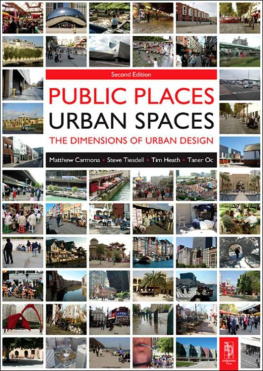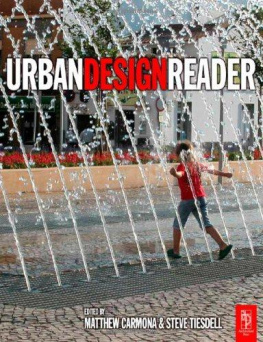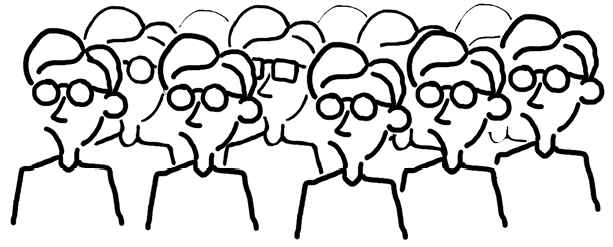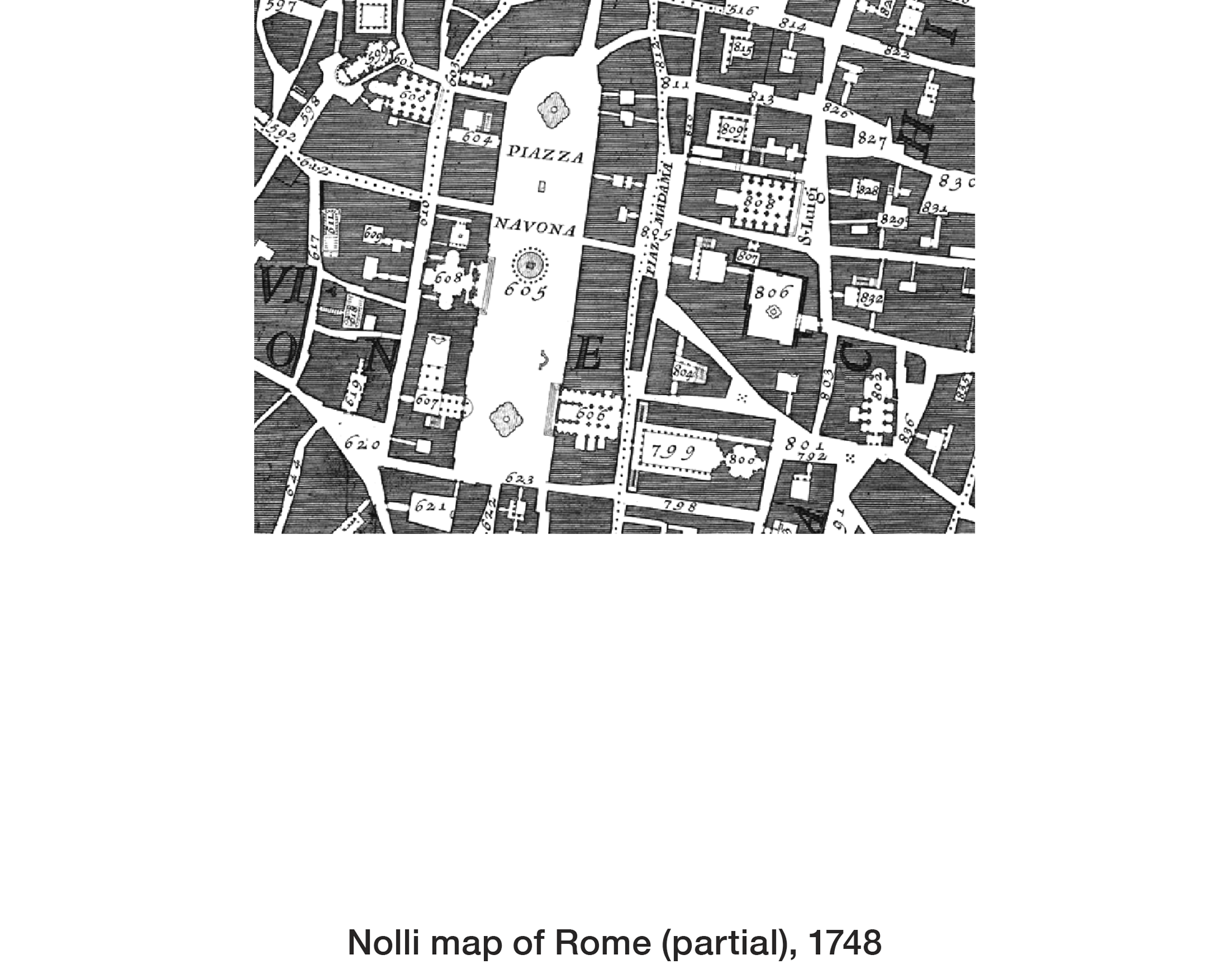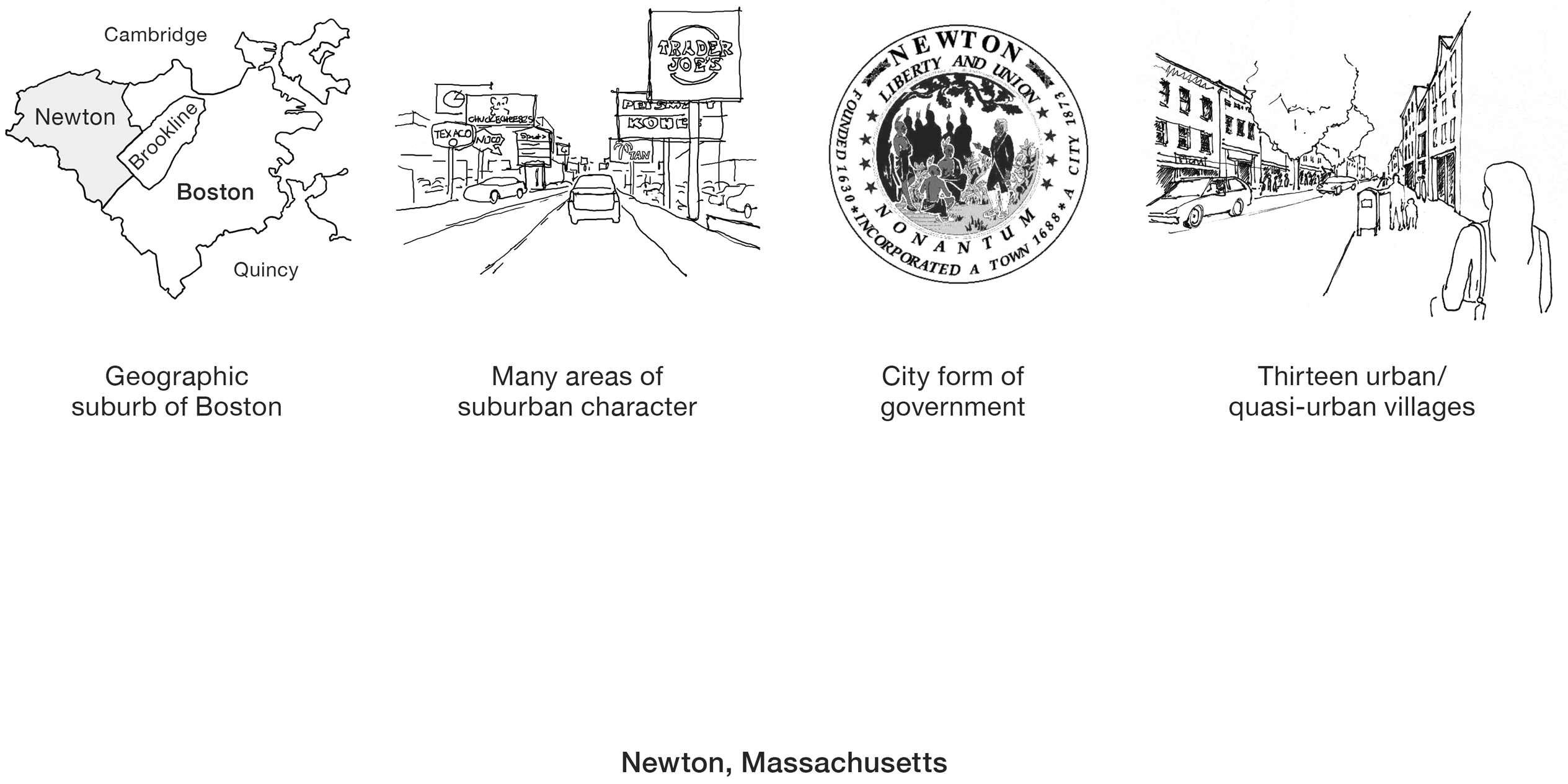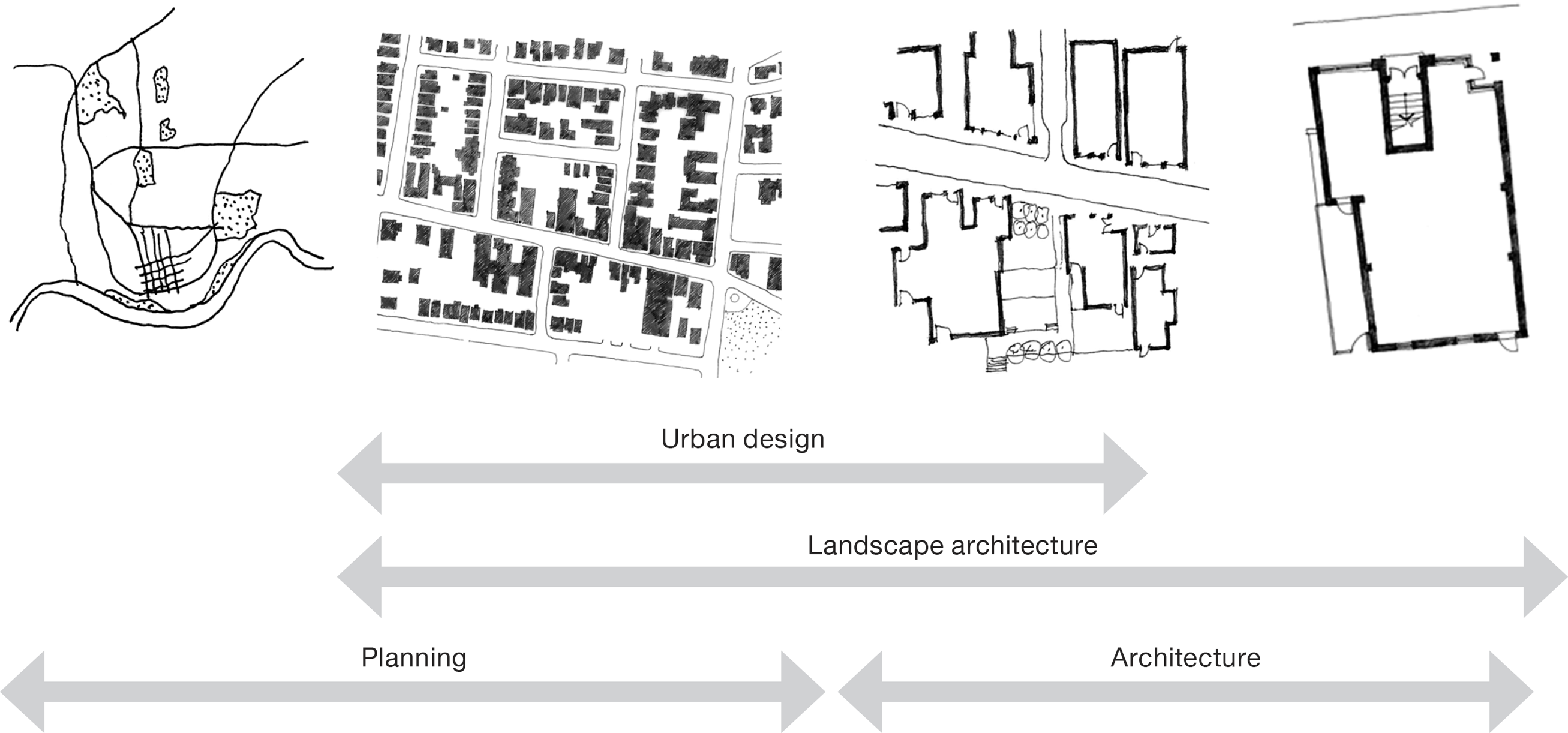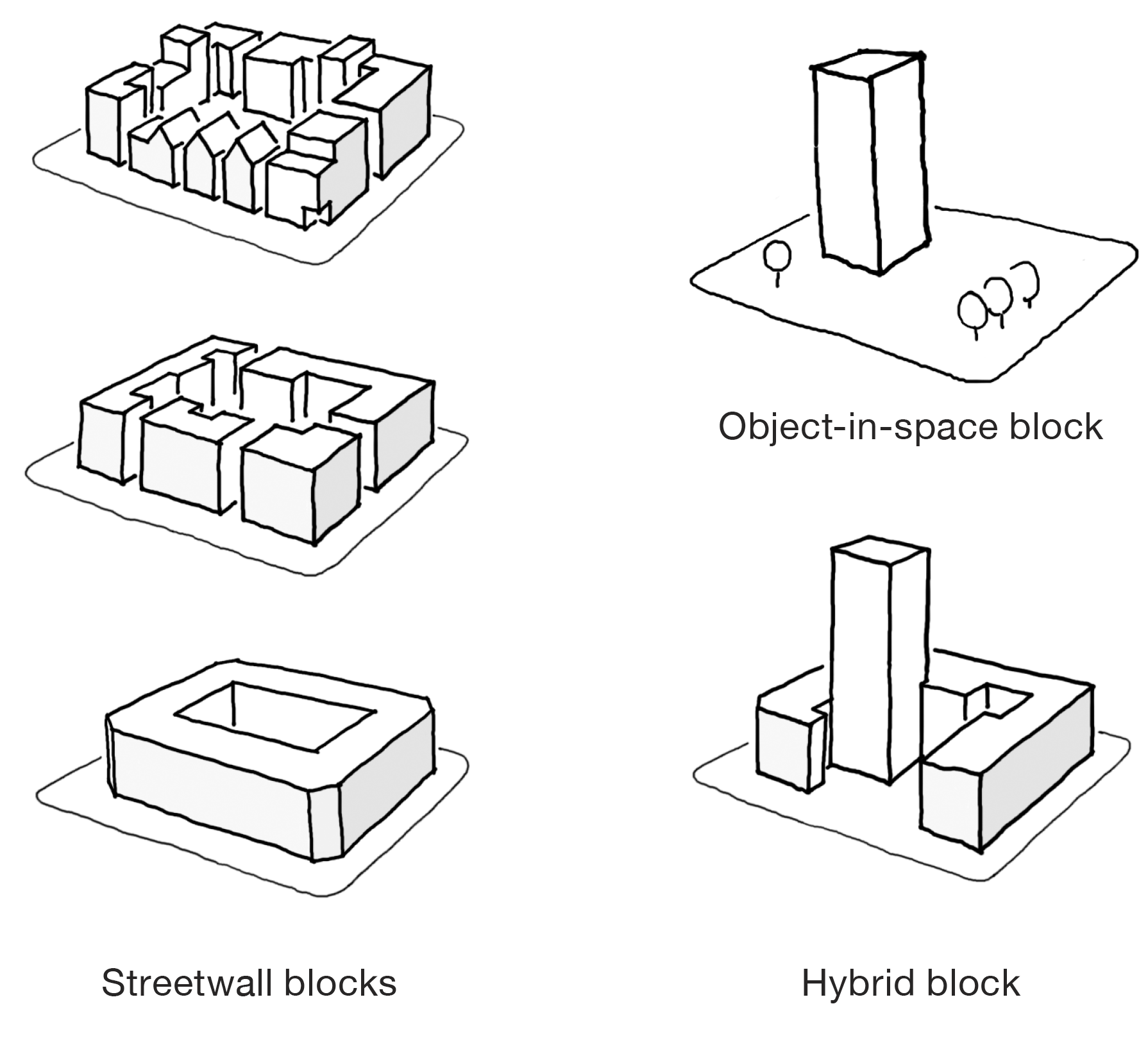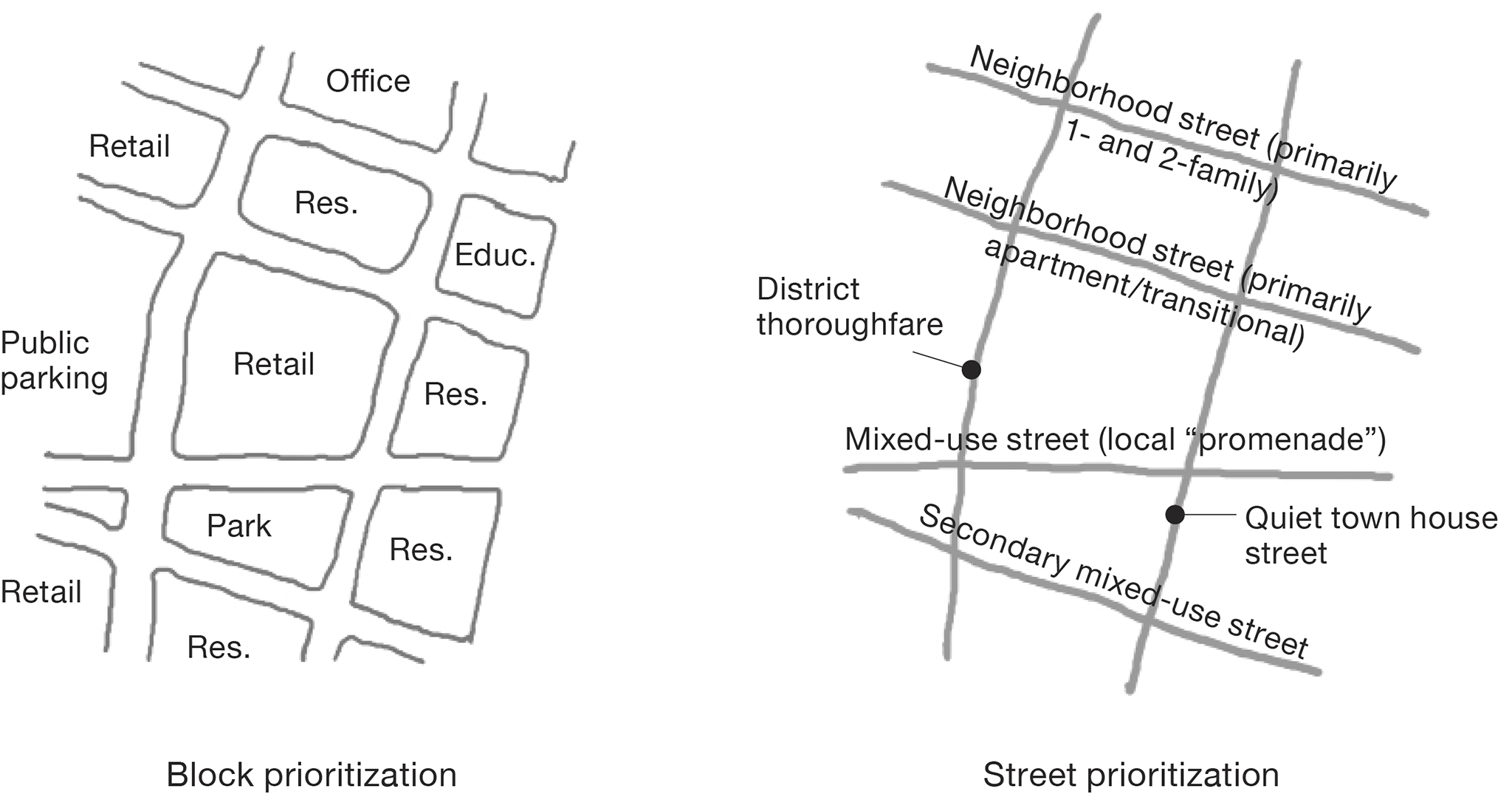Matthew Frederick is an architect, urban designer, instructor of design and writing, the author of the bestselling 101 Things I Learned in Architecture School, and the creator of the acclaimed 101 Things I Learned series. He lives in New Yorks Hudson Valley.
Vikas Mehta, Ph.D., is the Ohio Eminent Scholar of Urban/Environmental Design and Associate Professor of Urbanism at the University of Cincinnati. He is the author of Public Space (Routledge, 2015) and The Street: A Quintessential Social Public Space (Routledge, 2013), which received the 2014 Book Award from the Environmental Design Research Association.
www.101ThingsILearned.com
Relationships, not just parts
Each part in a symbiotic system is made stronger by its relationship to other parts. To connect symbiotically is to link parts to parts, make parts into systems, and join systems to other systems.
Youre 85% like everyone else 85% of the time.
The essential tools for studying urban designyou and your city, town, or villageare available twenty-four hours a day. By examining your own behavior in urban places, you can learn much about what works for others and why. Do you favor walking on some streets over others, or one side of a street versus the other? Do you take one route to your friends house and a different way home? Do you get disoriented in one part of town? Are you comfortable among strangers in some places but not others? Most important, can you identify specific attributes of these places that influence your actions and experiences?
We prefer enclosed spaces.
Contrary to popular belief, most people shun wide-open spaces. We may occasionally enjoy hiking open fields, visiting the beach, or viewing an expansive landscape from a car, but the outdoor spaces we choose to inhabit in a civic context have a high degree of definition and enclosure.
Invert your thinking.
Our culture predisposes us to see and understand reality as an arrangement of objects. To our modern eyes, space is a void within which we create or place objects. We tend not to give space a shape but to treat it as a leftover, or residual, from the placement of objects.
The opposite understanding applies to the making of urban places. Just as one ordinarily gives shape to buildings, the urban designer gives shape to outdoor spaces. Buildings are often the leftover; they are typically sited, configured, formed, and even de formed so that public streets and plazas can have clear, meaningful shape.
Space doesnt make space. Forms make space.
A public space, in order to have a clear shape, must be surrounded by a preponderance of built form, not more space. In walkable districts, ground coveragethe ratio of building footprint area to land area within a blockusually exceeds 50%. In ancient cities, this ratio may be over 90%.
Cities arent always urban, and suburbs arent always suburban.
Urban: Having high population density and mixed uses. An urban area can exist within or beyond the political boundary of a city and may be the size of a village, neighborhood, district, town, or city.
Suburban: Literally, sub-urbani.e., less than urban, with low population density and segregated uses. Suburban is also a geographic descriptor for any settlement located on the outskirts of a large city, even though it may be partly or mostly urban.
City: A complex, enveloping settlement with a large number of people, typically containing areas that are urban and suburban, and sometimes even rural. A city may or may not be an official political entity.
Urban sprawl: A misnomer for suburban sprawl. Urbanism is inherently compact.
Urban design isnt architecture writ large.
Urban design affects and is affected by building architecture, but it is not the design of multiple buildings. It is the design of the public realm, which among many other things includes the relationships among buildings. It is shaped by many disciplines, including architecture, public policy, behavioral science, sociology, environmental science, landscape architecture, urban planning, and engineering.
Honor the streetwall.
Most urban buildings should be streetwall buildings, with continuous or nearly continuous frontage along or near the sidewalk. This lends the space of the street a consistent shape and places ground floor uses close to pedestrians. On the most comfortable, walkable streets, the streetwall comprises over 50%, and often close to 100%, of each blocks sidewalk frontage.
Object buildings are surrounded by open space. While we tend to see only one or perhaps two sides of a streetwall building, we are able to move around an object building and perceive it as a three-dimensional entity. It is usually designed to be distinct from its contextfor example, by setting it back from the streetwall, elevating it above the ground plane, and/or rotating it from the prevailing geometries nearby.
Knit some fabric.
A textile fabric is made by weaving many individual threads into a whole. The resulting cloth, observed broadly, has a uniform makeup. But observed closely, it exhibits great varietyin the color, thickness, and spacing of threads; in slubs and other local deviations; and in embedded twill or jacquard patterns.
A useful and attractive garment has special featuresseams, darts, buttons, lapels, and cuffs. But without the consistency and strength of the fabric, there can be no features; there can be no garment at all.
Design streets, not blocks.
Twentieth-century urban designers and planners typicallyand mistakenlyconceived urban places as agglomerations of blocks, often with each dedicated to a single use. But the primary interest of those inhabiting an urban place lies in the street. The business proprietor, homeowner, and pedestrian desire that the street on which they find themselves has integrity and continuityup, down, and across from where they are. They do not benefit from having the other three sides of a block serve a purpose identical to the side on which they are located.
Next page
